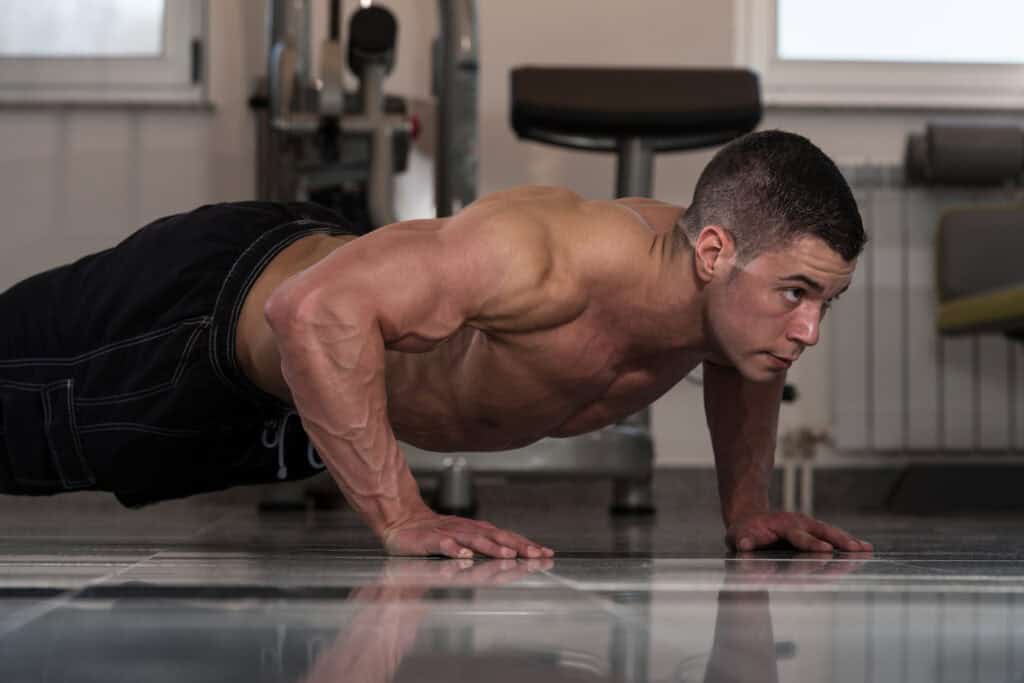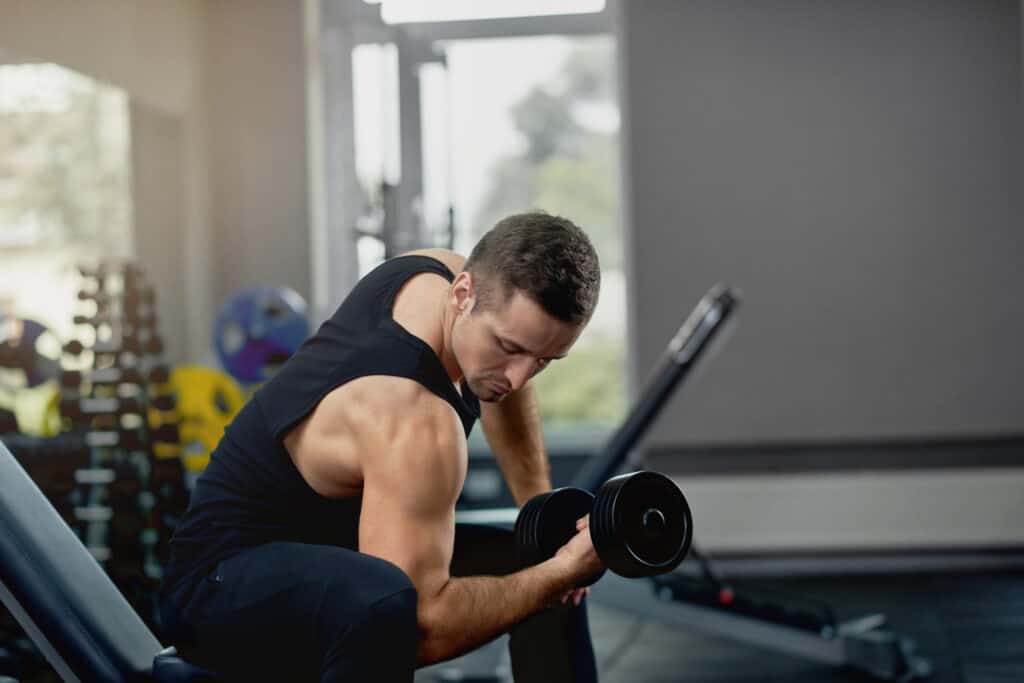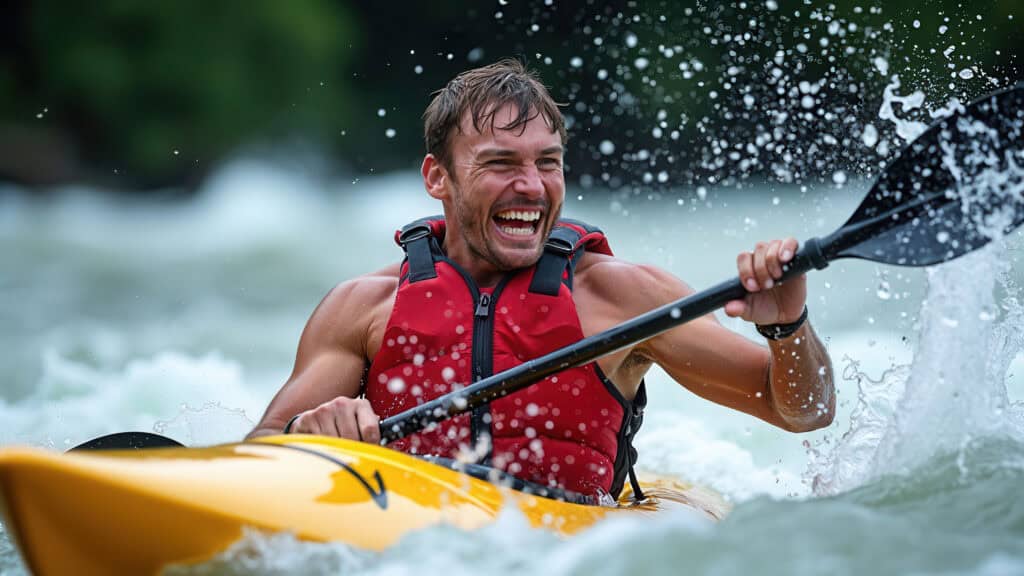Have you ever found yourself out on the trail, whether hiking or kayaking, wishing you had a bit more strength and endurance? It’s a common challenge for outdoor enthusiasts. But strength training can transform your adventures. The benefits are immense: enhanced performance, injury prevention, and boosted confidence. But how do you get started? What exercises should you prioritize? This post will walk you through “Conquer the Trails: strength training tailored for hiking and kayaking success.”
We’ll cover essential exercises and training tips so you can hit the trails and waterways with newfound strength and confidence. Strength training is crucial for hiking and kayaking success. It enhances performance, prevents injuries, and boosts confidence. Exercises like lunges, squats, planks, rows, and step-ups target specific muscle groups used in these activities. Prioritize proper form, listen to your body, and incorporate a variety of exercises for a well-rounded training program. Aim for almost 2-3 strength training sessions every week.
Why Focus on Strength Training for Hiking and Kayaking?
Mastering the Lunge for Trail Stability
When hiking, both your left leg and right leg propel you forward. But have you considered the importance of each starting position? By focusing on lunges in your strength training, you can emulate the knees bent posture common in both hiking and kayaking. This movement not only builds leg strength but also enhances balance, which is crucial for navigating uneven trails.
Squats for Powerful Paddling
In a kayak, your core muscles power each stroke. Squats, a classic strength training exercise, mirror this movement. With your feet shoulder-width apart, you engage the same muscles used to propel your kayak. By focusing on proper form, with your left knee tracking over your left foot, you ensure that each squat translates to real-world paddling power.
Building a Strong Foundation with Planks
Planks may seem simple, but they’re a powerhouse for building core strength. This exercise isn’t just about your abdominal muscles; it works your entire body. Holding the plank position with your body weight supported on your forearms and toes, you’ll strengthen the muscles that stabilize your spine and hips, which are crucial for both hiking and kayaking.
Rowing Your Way to Stronger Back Muscles
For kayaking enthusiasts, a strong back is non-negotiable. Rowing exercises, whether with a machine or free weights, mimic the paddling motion. Start with your feet shoulder-width apart, back straight, and arms straight. As you pull the weight toward your chest, you engage the same muscles used to power your kayak through the water.
Stepping Up Your Game with Step-Ups
Step-ups are a versatile exercise that can be done anywhere, from your living room to a park bench. By stepping up onto a raised platform, you work your lower body muscles, including your quads, glutes, and hamstrings. This movement translates directly to hiking, where you’re constantly stepping up and over obstacles on the trail.
Glute Bridges for Powerful Hiking Strides
Glute bridges are a simple yet effective way to strengthen your glutes and hamstrings. Lie on the back with your knees bent and feet shoulder-width apart. Lift your hips off the earth, squeezing your glutes at the top. This movement not only improves your hiking stride but also helps prevent lower back pain, a common complaint among hikers.
Calf Raises for Agile Footwork
Hiking often involves navigating uneven, rocky terrain. Calf raises are an awesome way to strengthen your calves and improve ankle stability. Stand with your feet shoulder-width apart and slowly raise onto your toes, then lower back down. This easy exercise can make a huge difference in preventing ankle sprains on the trail.

Push-Ups for Upper Body Strength
Push-ups are a classic bodyweight exercise that targets your chest, shoulders, and triceps. These muscles are essential for powerful kayaking strokes. Start with your hands slightly wider than the shoulder width apart, keeping your body weight evenly distributed. Lower your chest to the ground, then push back up.
Deadlifts for Total Body Power
Deadlifts are a very compound exercise that works multiple muscle groups, including your back, legs, and core. This makes them a great option for building overall strength and power. With the feet shoulder width apart, hinge at hips and lower your torso to grip the barbell. Keep your back straight as you lift the weight, squeezing your glutes at the top.
Single-Leg Exercises for Balance and Stability
Single-leg exercises, such as single leg squats and lunges, are crucial for developing balance and stability. These movements challenge your body to maintain control on one leg, which is essential for navigating uneven terrain on hikes or maintaining stability in a kayak.
Bird Dog for Core Stability and Coordination
The bird dog exercise is awesome for improving core stability and coordination. Start on all fours, then extend your right arm and left leg simultaneously. Hold for a few seconds, then switch sides. This movement engages your core muscles and helps you maintain a stable posture in a kayak.
Russian Twists for Rotational Core Strength
Russian twists are a great way to work your obliques, the muscles on the sides of your abdomen. This rotational core strength is essential for efficient kayaking strokes. Sit on the ground with your knees bent and feet lifted. Hold a weight or medicine ball and rotate your torso from side to side, touching the weight to the ground on each side.
Side Planks for Oblique Strength
Side planks are a challenging exercise that targets your obliques. These muscles are crucial for stabilizing your spine and pelvis during kayaking. Lie on your side with your body weight supported on your forearm and the side of your foot. Keep your body in a straight line from head to heels.
Mountain Climbers for Cardiovascular Endurance
Mountain climbers are a high-intensity exercise that works your entire body and gets your heart rate up. This is a great way to improve your cardiovascular endurance, which is essential for long hikes and paddles. Start in a push up position, then bring one knee towards your chest, then the other, in a running motion.
Burpees for Full-Body Conditioning
Burpees are a challenging full-body exercise that combines strength and cardio. They’re a great way to prepare your body for any challenge you might face on the trail or water. Start by standing, then drop down into a squat position and kick your feet back into a push-up position. Do a push-up, then jump your feet back towards your hands and stand up, finishing with a jump.
Pull-Ups for Upper Body Strength and Grip
Pull-ups are a challenging exercise that targets your back, shoulders, and arms. They also strengthen your grip, which is essential for both hiking and kayaking. Hang from a bar with your hands a bit wider than shoulder-width apart. Pull your body up until the chin clears the bar, then lower yourself down.
Overhead Press for Shoulder Strength and Stability
The overhead press is a very compound exercise that works your shoulders, triceps, and upper back. It’s essential for developing shoulder strength and stability, which is crucial for preventing injuries and paddling with confidence. Stand with the feet shoulder-width apart and hold a barbell or dumbbell at shoulder level. Press the weight overhead until arms are straight, then lower it back down.
Bent-Over Rows for Back Strength and Posture
Bent-over rows are a great exercise for simply strengthening your back muscles, which are essential for good posture and preventing back pain. Stand with your feet shoulder-width apart and hinge at your hips, keeping your back straight. Hold a barbell or dumbbell and row the weight towards your chest, squeezing your shoulder blades together.
Triceps Dips for Arm Strength and Stability
Triceps dips are a bodyweight exercise that directly targets your triceps, the muscles on the back of your arms. These muscles are important for stabilizing your kayak paddle and preventing fatigue. Find a strong bench or chair and sit on the edge with the hands gripping the edge. Lower your body down until your elbows are bent at 90-degree angle, then push yourself back up.
Bicep Curls for Arm Strength and Endurance
Bicep curls are a classic exercise for strengthening your biceps, the muscles on the front of your arms. Strong biceps are important for paddling long distances without fatigue. Stand with your feet shoulder-width apart and hold a barbell or dumbbell with your palms facing up. Curl the weight towards your shoulders, squeezing your biceps at the top.

Farmers Carry for Grip Strength and Core Stability
The farmer’s carry is a simple but effective exercise for building grip strength and core stability. Hold a heavy weight in each hand and walk for a certain distance or time. This movement mimics the action of carrying a kayak and helps you develop the strength and endurance needed for long hikes.
Superman for Back Extension and Posture
Lie face down with arms and legs extended. Lift arms and legs simultaneously, engaging your back and glutes. This exercise strengthens the back extensors, which is crucial for maintaining good posture during both hiking, golf, and kayaking.
Wood Chop for Rotational Core Strength
Stand with feet shoulder width apart, holding a medicine ball or weight overhead. Rotate your torso diagonally downward, as if chopping wood, engaging your obliques and core. This movement mimics the rotational power needed for kayak strokes.
Bear Crawl for Full-Body Strength and Coordination
Start on all fours with knees hovering off the ground. Crawl forward, alternating hand and foot movement, engaging your core and stabilizing muscles. This exercise builds overall strength and coordination, which is crucial for both hiking and kayaking.
Why Prioritize Form Over Weight?
Proper form is paramount in strength training, especially for activities like hiking and kayaking, where balanced movement is key. In such situations, AI feedback tools can help a lot in measuring input vs output. For example, when performing a lunge, ensure your opposite leg is straight and your right foot is firmly planted on the ground. Similarly, when doing a plank, keep your legs straight and your core engaged. By prioritizing form over lifting heavier weights, you’ll maximize the effectiveness of each and every exercise and reduce your risk of injury. Remember, a well-executed movement with a lighter weight is more beneficial than a poorly executed movement with a heavier weight.
AI and Tech for Fitness Gains
Today’s tech can really help you get stronger. There are apps and watches to track your heart rate and progress. You can even get personalized tips! AI coaches can create custom workouts just for you and help you with your form. My favorite is reading books while working out using AI reader apps. You can also try smart home gyms or online fitness classes. Use tech to get the most out of your workouts and reach your fitness goals!
Final Thoughts
Going out on hiking and kayaking adventures is a thrilling way to connect with nature and challenge yourself physically. By integrating strength training into the routine and taking natural recovery supplements like pu erh tea, you not only enhance your performance but also safeguard your body from potential injuries. Remember, the journey to conquering the trails and waterways begins with a solid foundation of strength. Whether you’re maintaining balance on a rocky incline or propelling your kayak forward with a straight and strong arm, strength training will undoubtedly elevate your outdoor experiences. Make sure to stay hydrated and monitor vitals on a regular basis. So, embrace the power of strength training and let it empower you to explore nature with newfound confidence and resilience.
Frequently Asked Questions
How often should I strength train for hiking and kayaking?
Aim for 2-3 strength training sessions/week, allowing for rest days in between to promote muscle recovery and growth easily.
Can I do strength training at home without equipment?
Absolutely! Many effective bodyweight exercises require no equipment, such as lunges, squats, planks, and push-ups.
Is strength training essential for beginner hikers and kayakers?
Yes, strength training is beneficial for all levels. It can help beginners build a foundation of strength and endurance, making their outdoor adventures more enjoyable and safer.
What are some common strength training mistakes to avoid?
Avoid sacrificing form for heavier weights, neglecting rest days, and overtraining specific muscle groups. Focus on proper technique and balanced workouts.
How long will it take to see results from strength training for hiking and kayaking?
Consistency is key. You may notice improvements in your strength and endurance between a few weeks to a few months, with more significant gains over several months of dedicated training.
Stay Stronger Together
If you’re serious about building muscle and reaching your fitness goals, the Jefit app is the perfect tool to help get you there. With over 20 million downloads and more than 12 million bodybuilders and gym-goers using the app to track their workouts, Jefit is the ultimate strength training companion. Rated as the 2023 Best App and featured by top publications like Men’s Health, PC Magazine, and USA TODAY. Jefit boasts 42,000+ five-star ratings for its user-friendly design and comprehensive features. Whether you’re focused on protein intake, building strength, or tracking your progress, Jefit has everything you need to succeed. Download Jefit today and join millions of fitness enthusiasts transforming their bodies!
- Fibermaxxing: Viral Nutrition Trend You Should Know - December 17, 2025
- Hybrid Metabolic Strength Training for Faster Results - December 10, 2025
- Why Lifters Choose JEFIT App for Real Strength Gains - December 3, 2025
